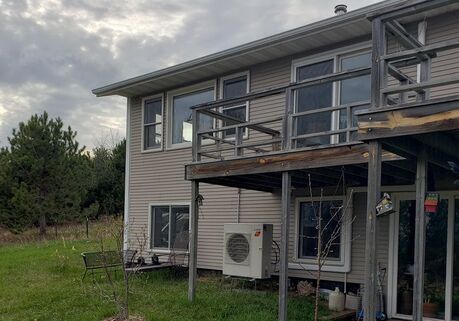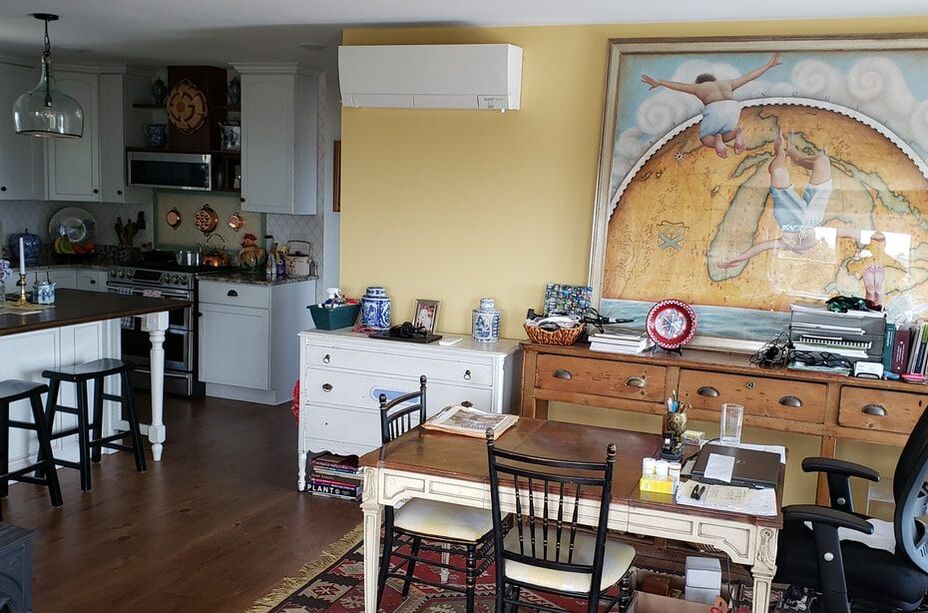Electrifying Everything
Topic 1 - Air-sourced Heat Pumps & Energy Audits
As we transition away from fossil fuels, air and ground sourced heat pumps may be the solution to replace natural gas and propane that heat our homes and businesses. "Electrifying everything" has become a national conversation. We have opened up the topic as a community forum, hearing from friends and neighbors about their experiences, so we may all learn what, and what not, to do in making this transition. Cheq Bay Renewables does not endorse a brand or company but we are open to hearing from you. The first topic in this discussion is air-sourced heat pumps. We will add more topics as community interest arises. Contact us at [email protected]


